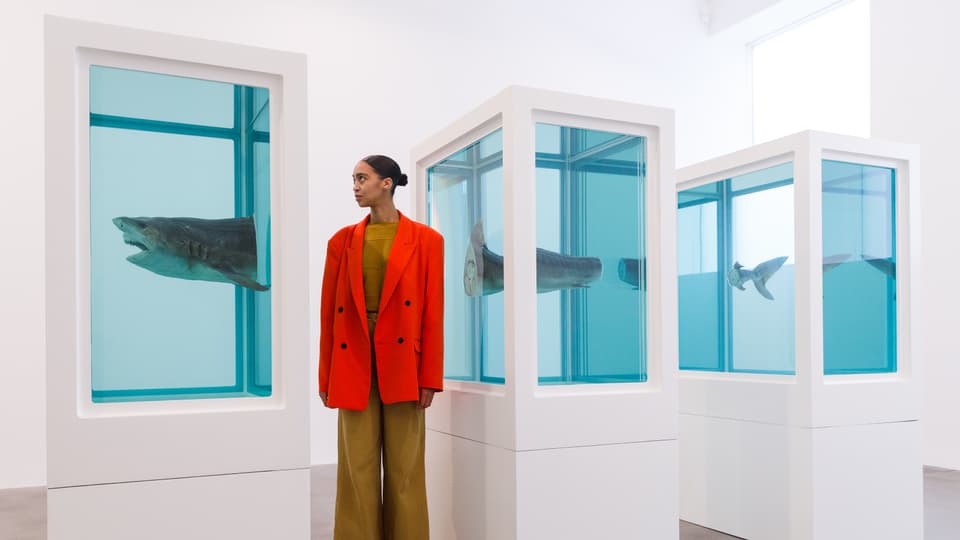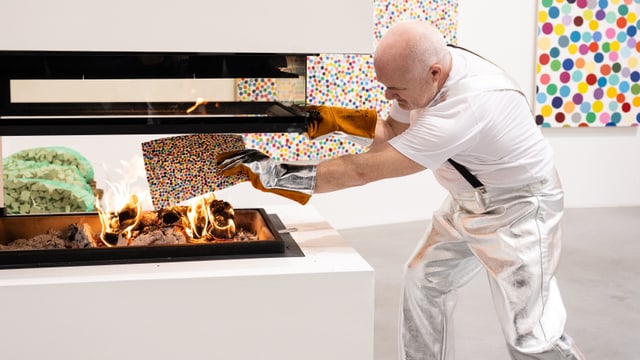The British one “Guardian” makes allegations against one of the most famous British artists: Damien Hirst is said to have deliberately made three of his works of art – preserved animals – younger than they actually are. Specifically, the Guardian revealed that the three works were created in 2017. Hirst, on the other hand, dates it to the 1990s. He is also said to have artificially edited the works to make them look older.
Art connoisseur Andreas Ritter is of the opinion that it is an unpleasant story that should not happen. But the expert is not surprised: Damien Hirst, as the “enfant terrible” of the art scene, was already good for many a “scandal”.
SRF: What was your reaction when you found out about the allegations against Damien Hirst?
Andreas Ritter: Above all, I had to smile about it. This isn’t the first time something like this has happened to Damien Hirst. He has already had a shark pickled in formaldehyde literally fall off the hook because it rotted inside.

Legend:
The three-part shark with the title “Myth Explored, Explained, Exploded, 1993” (picture) is one of the disputed works. The dates in the title of the work also suggest a different year of production for two preserved calves (“Cain and Abel, 1994”) and a pigeon (“Dove, 1999”).
Getty Images / Tristan Fewings
Hirst’s lawyers have already responded and explained that the artist used this method to transform animals into works of art in the 1990s. According to the lawyers, it is common practice to indicate the date of concept development even on works that were created later. The timing of the idea, so to speak, counts. How does this argument affect you?
This is a very classic argument. We know it primarily from the area of conceptual art: the artist works out a concept. For the collector who purchases the work of art, there is a certificate that allows him, for example, to have a painting applied to the wall at home. When the collector moves out, it is painted over and repainted again at the new location. However, the certificate remains the original one.
I have never heard of such an approach with a shark or other animal pickled in formaldehyde.
Could this already be called a fake?
No, it’s clearly not a fake. We have the living artist who calls his own work an original. In my opinion – if the accusations that he cheated here and gave the wrong year of production are substantiated – it simply wasn’t done completely cleanly.
Damien Hirst has had many “little scandals”.
It could be that this means that early works are traded higher on the market. That’s why it’s not a fake at all.
You said it at the beginning: Damien Hirst has a certain reputation in the art world, so the current news didn’t surprise you. Do you think the allegations could damage his reputation as an artist?
For him and especially for his gallery owners, this is a very unpleasant story that shouldn’t actually happen. Damien Hirst is considered the “enfant terrible” of the art market anyway.
Be it thousands of works of art that he burned with his own hands or the incorrectly preserved shark that rotted inside and fell off the hook: he has had many “little scandals”. The new incident probably won’t do much damage to his reputation.
The interview was conducted by Bodo Frick.

